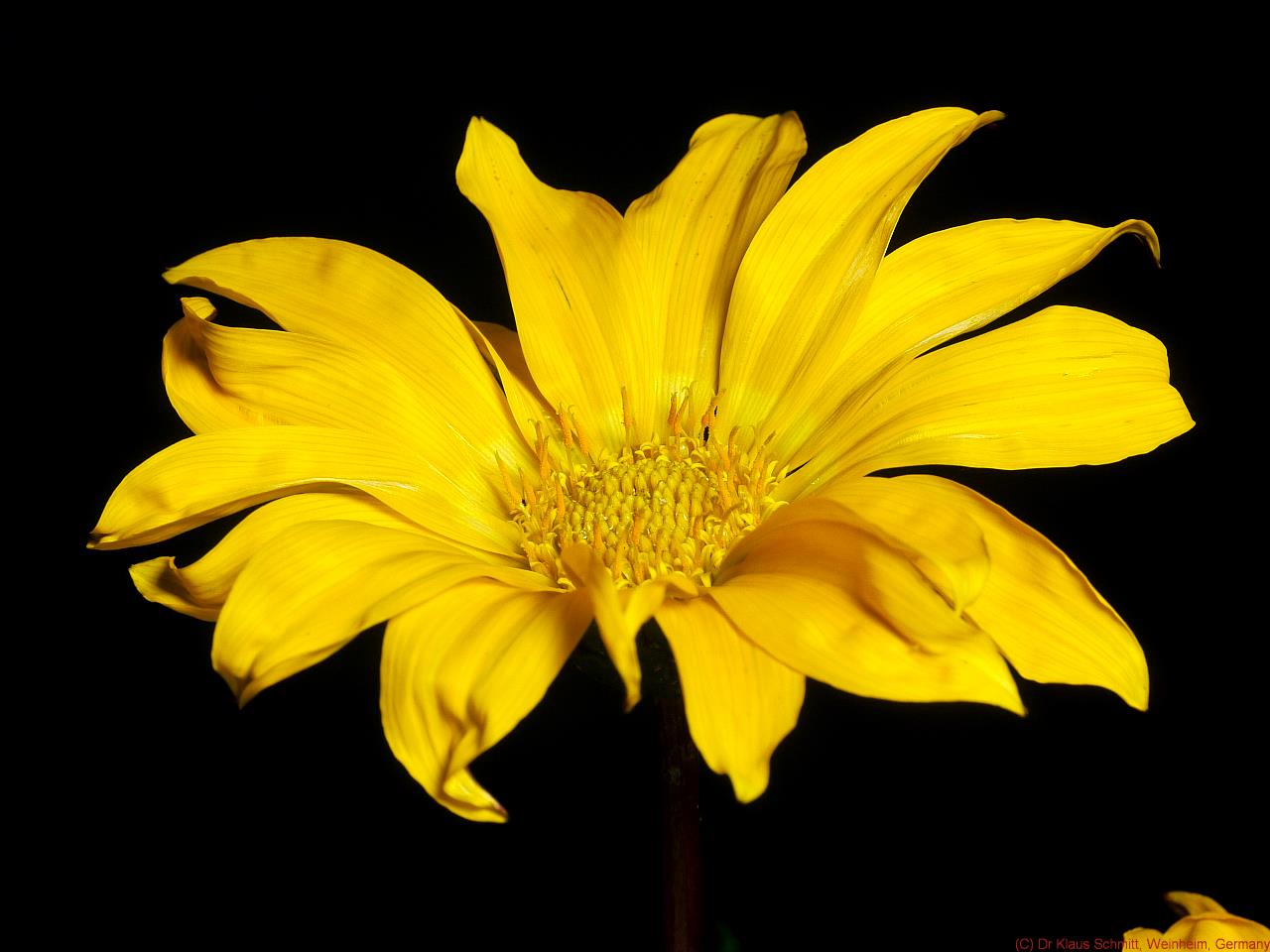When I was a kid, I loved the Akbar-Birbal story-series about a king and his advisor; the former often posed random questions and the latter answered them with creative brilliance. One such story involved two vases: one containing real flowers and the other containing fake replicas. The advisor had to figure out the real flowers from their well-made replicas for his life! A tough problem indeed; but lo behold, he came up with a genius solution! He merely opened the courtroom windows and declared the flowers that attracted the bees to be the real ones, thus solving the mystery.
Besides raising questions about the mental state of kings back then, the story raises another important question. How did the bees distinguish the real flowers from the fake? What did they see that others did not? Little did I know that the answer is in the question itself: bees literally see more information in the flowers than us.
Human eyes are sensitive to visible light that spans the wavelengths between 400 nm – 700 nm. This range is only a tiny part of the huge spectrum of light. So, while we enjoy our rainbow-colored world, there is actually a lot that we don’t see. The special vision of bees allows them to see UV as well as visible light. Flowers and bees are in a symbiotic relationship, where bees pollinate the flowers in return for their nectar. Some flowers display their nectar, which is only visible in UV light, to send out a secret message to bees, reassuring them of their reward. The nectar patterns also serve as a landing pad, guiding the bees to the best spots for nectar-pollen exchange. What a neat little system of cooperation!
If you are now thinking how cool it would be to have these bee-vision goggles and see the world from their eyes, then you are in for a treat! Dr. Klaus Schmitt from Weinheim, Germany, armed with his special set of camera, UV filters, and lenses, specializes in UV photography. He has captured amazing images, some of them shown below, of flowers from the perspective of bees.
For more insights into the invisible world, check out his blog
Gazania sp.: normal vision

Gazania sp.: simulated bee vision

Black-eyed Susan – Rudbeckia hirta: normal vision

Black-eyed Susan – Rudbeckia hirta: simulated bee vision

.
All images have been used with permission from (c) Dr Schmitt, Weinheim Germany, uvir.eu.
Further links for enthusiasts:
- Von Frisch, Karl. “Bees: their vision, chemical senses, and language.” (1950).
- Chittka, Lars, and Harrington Wells. “Color vision in bees: mechanisms, ecology and evolution.” How simple nervous systems create complex perceptual worlds. MIT, Boston (2004): 165-191.
- Dyer, Adrian G., et al. “Seeing in color: a hundred years of studies on bee vision since the work of the Nobel laureate Karl von Frisch.” Proceedings of the Royal Society of Victoria 127.1 (2015): 66-72.
- http://www.reflectance.co.uk/index.php

Very nice too good.
LikeLiked by 1 person
Good to learn abt the spy vision of bees .Enlightening fr nerds like me who dnt evn knw abt the light senstvty of the human eye !!
” bee”ing greater than humans !!
LikeLiked by 1 person
Good infmn Dr Minu !
Good fotos of simulated bee vision too ! Thanks to Dr Schmitt
LikeLike
Well written indeed, full of real information for a man on street. That too from a younf soul is amazing indeed.
LikeLike
Thanks a lot for your compliments. Glad you enjoyed it!
LikeLike